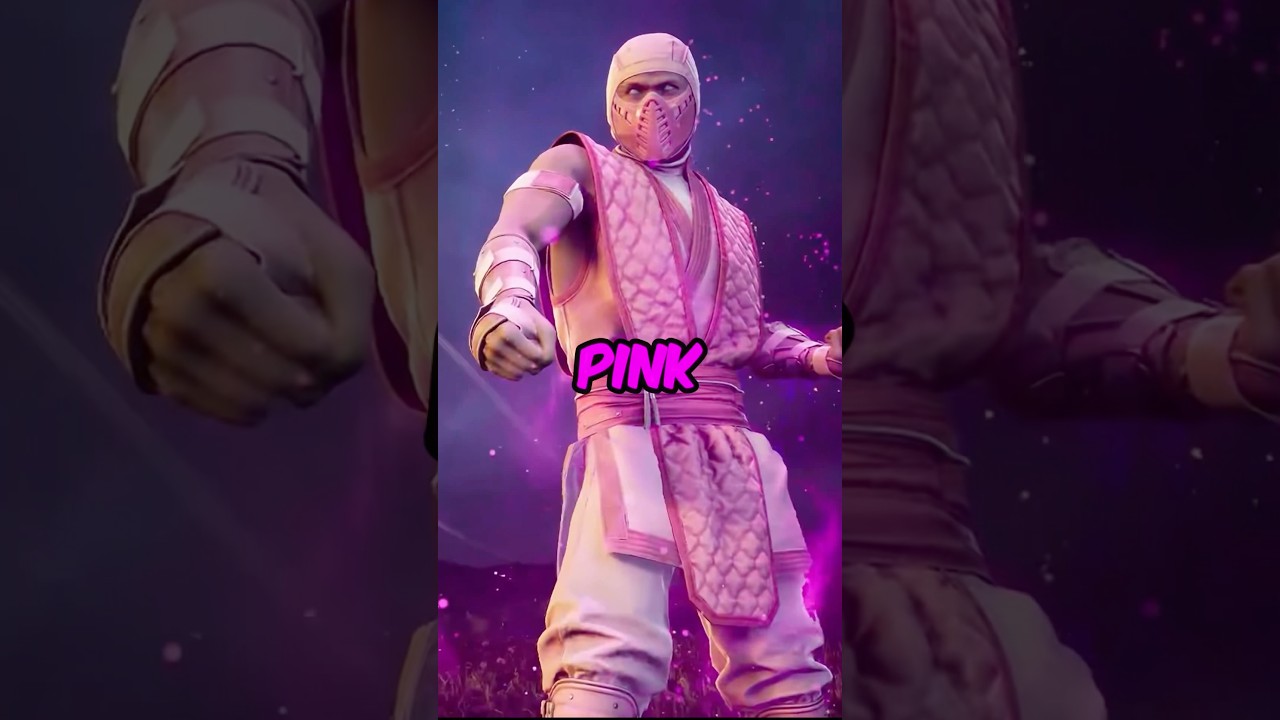In the annals of video gaming, few titles resonate as profoundly as Mortal Kombat 1. Released in 1992, it not only set a new standard for fighting games but also ignited a cultural phenomenon that still influences the genre decades later. From its groundbreaking graphics to its unforgettable characters, Mortal Kombat 1 revolutionized the gaming landscape in ways that remain impactful even today. Eschewing pixelated sprites found in games like Street Fighter II, it delivered visceral combat experiences that had players clamoring for more. If you’re ready to dive into the chaotic world of martial arts and mayhem, come along as we explore how Mortal Kombat 1 changed the game—quite literally!
Top 5 Ways Mortal Kombat 1 Revolutionized Fighting Games
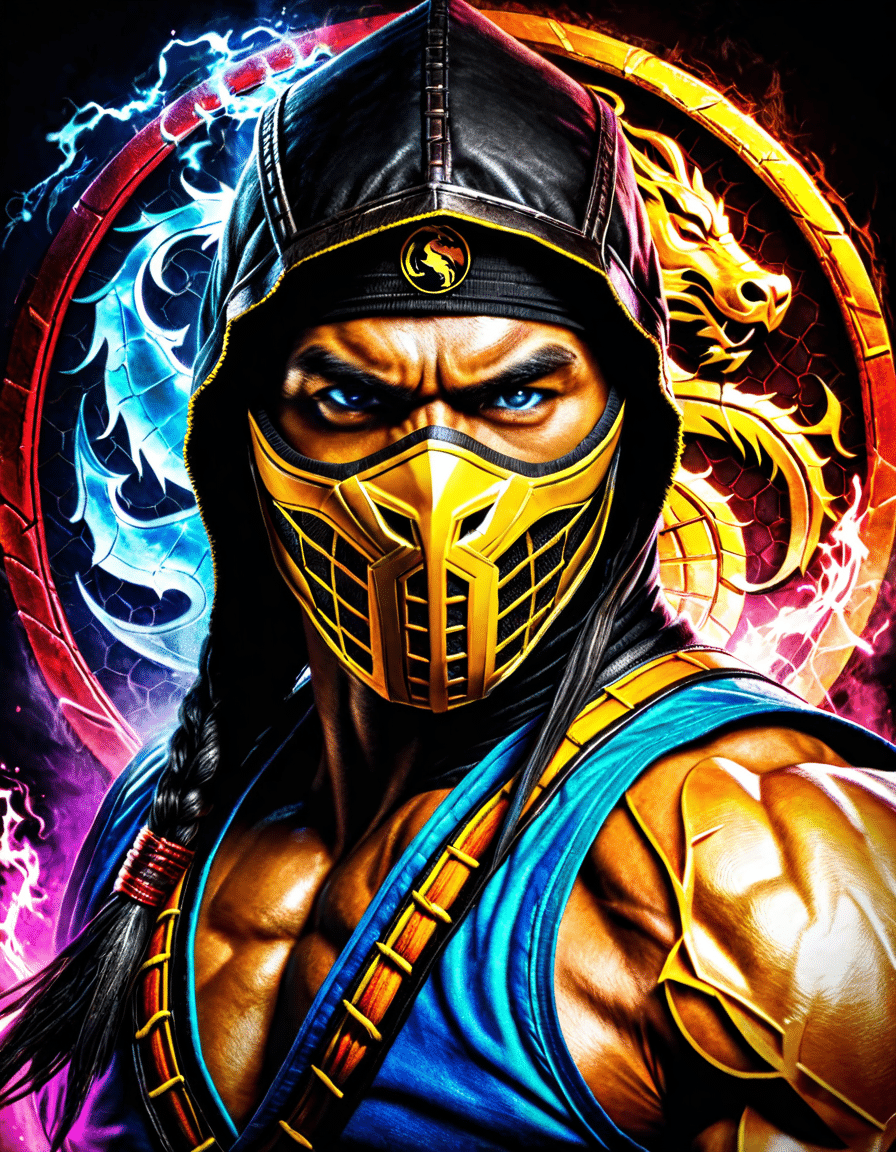
1. Groundbreaking Graphics and Realism
With Mortal Kombat 1, the gaming world was no longer limited to cartoonish characters; instead, players were greeted with digitized sprites that brought a sense of realism that was unmatched at the time. This cutting-edge approach captured the essence of martial arts by using real-life actors, lending an authenticity that players had never encountered. The contrast between these graphics and the dated visuals of competitors became a talking point everywhere—from arcades to casual living rooms, as players marveled at the realistic depiction of violence that sent shockwaves through the gaming community.
2. Innovative Gameplay Mechanics
Forget button-mashing: Mortal Kombat 1 introduced players to a richer experience with special moves and unique fighting mechanics. The game’s combo system encouraged skill development, letting gamers master characters like Scorpion and Liu Kang, each equipped with distinct move sets. And let’s not forget about those infamous “Fatalities”—the ultimate finishing moves that turned simple victories into dramatic displays. This focus on strategy inevitably paved the way for greater innovations in sequels, like Mortal Kombat 2, which capitalized on its predecessor’s success.
3. Mature Themes and Controversy
When Mortal Kombat 1 hit the shelves, it didn’t just attract players; it ignited debates on graphic violence in video games. As critics weighed in on the appropriateness of such content, Mortal Kombat 1 landed front and center in conversations about censorship and freedom of expression. The backlash was so impactful that it eventually led to the formation of the ESRB (Entertainment Software Rating Board). Even today, the discussions surrounding violence in gaming are still relevant, proving that the ripples of this controversy extend well beyond that initial arcade buzz.
4. Cultural Impact and Iconic Characters
Characters like Sub-Zero, Raiden, and Shang Tsung emerged as vibrant icons of gaming culture, leading to adaptations in movies, comic books, and TV series. The striking personalities, backstories, and designs of these combatants captured fans’ imaginations, embedding them into pop culture. This level of character development showcased a depth that gaming had previously sidelined, with legacies enduring across franchises. Just take a look at the newer games and adaptations where these icons continue to shine.
5. Competitive Landscape and Community Engagement
In its arcade heyday, Mortal Kombat 1 breathed life into the competitive gaming scene. Local arcades began to host tournaments, allowing players to showcase their skills and strategies. Events like “Mortal Kombat Kombat” paved the way for the thriving esports community we see today. Rivalries formed, and friendships blossomed, as gamers found joy in battling one another. This sense of community not only drove the excitement around Mortal Kombat 1, but it also laid the groundwork for future fighting games, making it a cornerstone of esports history.
The Evolution of Mortal Kombat: From 1 to 2 and Beyond
The leap from Mortal Kombat 1 to Mortal Kombat 2 demonstrated not just continuity but a palpable evolution. Here, expansions included new characters, enhanced graphics, and refined gameplay mechanics that set the standard for future iterations. With more Fatalities, varied stages, and woven character backstories, Mortal Kombat 2 propelled the franchise into new territories and showcased the developers’ commitment to evolving without losing the core essence that made Mortal Kombat 1 a classic.
This adaptability became a hallmark of the franchise. Each new version brought innovation while still appealing to nostalgia. Players who fell in love with the original found themselves on a rollercoaster of adventure as the series moved forward, further solidifying its popularity. The resonance of the Mortal Kombat series ensured it found a critical and commercial audience with every leap, staying relevant in an industry marked by rapid trends.
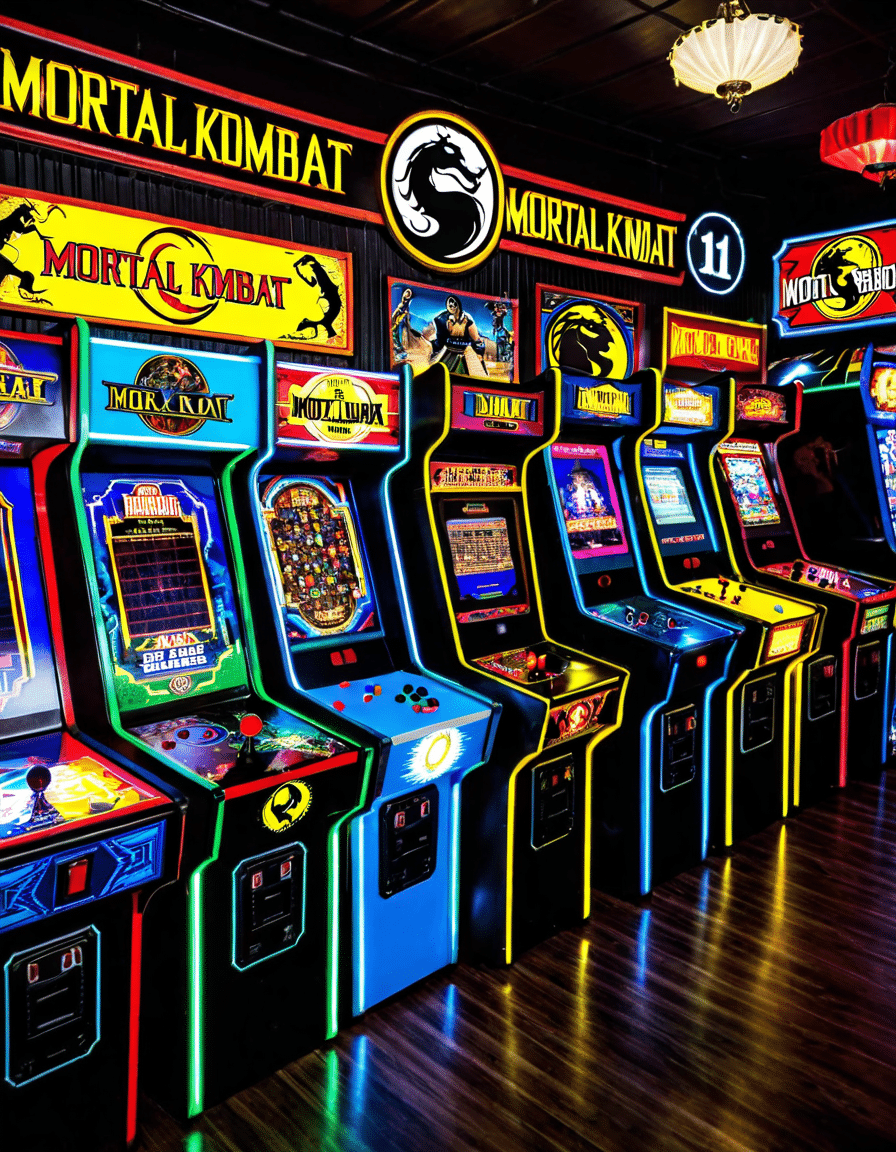
Lasting Legacy of Mortal Kombat 1
The legacy of Mortal Kombat 1 is multifaceted. It didn’t just pioneer a genre; it opened a dialogue about storytelling in video games, framing narratives as an engaging interplay of conflict between good and evil. This theme has reverberated through sequels and adaptations alike, showcasing a timeless struggle that video game characters embody. Also, let’s remember how the Mortal Kombat community evolved from those early arcade days into annual tournaments, captivating thousands of fans who continue supporting their favorites.
As we celebrate milestones in gaming history, it’s clear that Mortal Kombat 1 laid the pathways for future storytelling, character development, and competitive gaming. Its impact runs deep, with accessibility on modern platforms keeping the franchise alive—introducing new fans to its intricate universe. Whether you’re an old-school gamer reminiscing in nostalgia or a newcomer eager to discover the world of Mortal Kombat, one thing’s for sure: this legendary title changed the landscape forever.
By redefining the boundaries of technology, gameplay, and cultural discourse, Mortal Kombat 1 indeed stands as a legendary beacon in gaming history. Its indelible mark continues to inspire developers and players, proving that its legacy is far from over. So, the next time you hear a “Finish Him!” echoing from a console, remember where it all began: a pixelated world that forever altered the fight—not just against opponents, but against expectations of what gaming could be!
Mortal Kombat 1: The Legendary Game That Changed Fighting
The Game-Changer of the 90s
When “Mortal Kombat 1” first graced arcade screens back in 1992, it sent shockwaves through the gaming industry. It wasn’t just another fighting game; it introduced the world to stunning digitized graphics and a darker narrative. Players could execute brutal finishing moves called “Fatalities” that shocked audiences and pushed the envelope for video game content. This bold move captured the restless spirit of the time, leading to heated discussions about video game violence. Little did anyone know, this game would be the spark behind future classics, including Ultraman Rising, which has taken inspiration from early gaming genres.
As “Mortal Kombat 1” gained popularity, its characters became pop culture icons. Scorpion, Sub-Zero, and Raiden have transcended the gaming world, appearing in movies and TV shows alike. Interestingly, actor Colman Domingo has made his mark in various “Mortal Kombat” adaptations, showcasing the series’ impact beyond consoles. The franchise has woven itself into multiple facets of entertainment, demonstrating how a simple fighting game laid the foundation for a legendary saga that continues evolving today.
Iconic Elements and Their Legacy
The game’s signature “Test Your Might” mini-game engaged players in a fun, interactive way, setting a precedent for the integration of mini-games in later titles. It reflected the playful yet competitive spirit of the genre. Plus, the release of “Mortal Kombat 1” coincided with the heightened popularity of the Copa America 2024, an event that captured excitement and brought communities together—even among avid gamers. As new game elements were introduced, they chipped away at the boundaries of conventional gaming, paving the way for innovations seen in many titles today.
What kept fans riveted, though, was the diverse cast. Each character came with distinct fighting styles, from karate to sorcery, catering to a wide array of players. This richness is reminiscent of the varied storytelling found in shows like Griselda or the musical genius of legends such as Smokey Robinson, who brings uniqueness to every performance. Just as these forms of entertainment showcase individual talents,Mortal Kombat 1″ enabled players to embrace their favorite characters, giving rise to a passionate community that’ll forever honor those original fights on the arcade floor.
As we look back on “Mortal Kombat 1,” it’s hard not to notice how far video games have come. The very foundation it laid out has influenced countless titles, solidifying its place in gaming history, similar to how documentaries like Hard Knocks keys reveal behind-the-scenes insights into the intricate lives of athletes. As we stand on the shoulders of legends, it invites us to reckon with the past while looking forward to the future of gaming, proving once again that iconic moments from the past never fade—they only evolve.
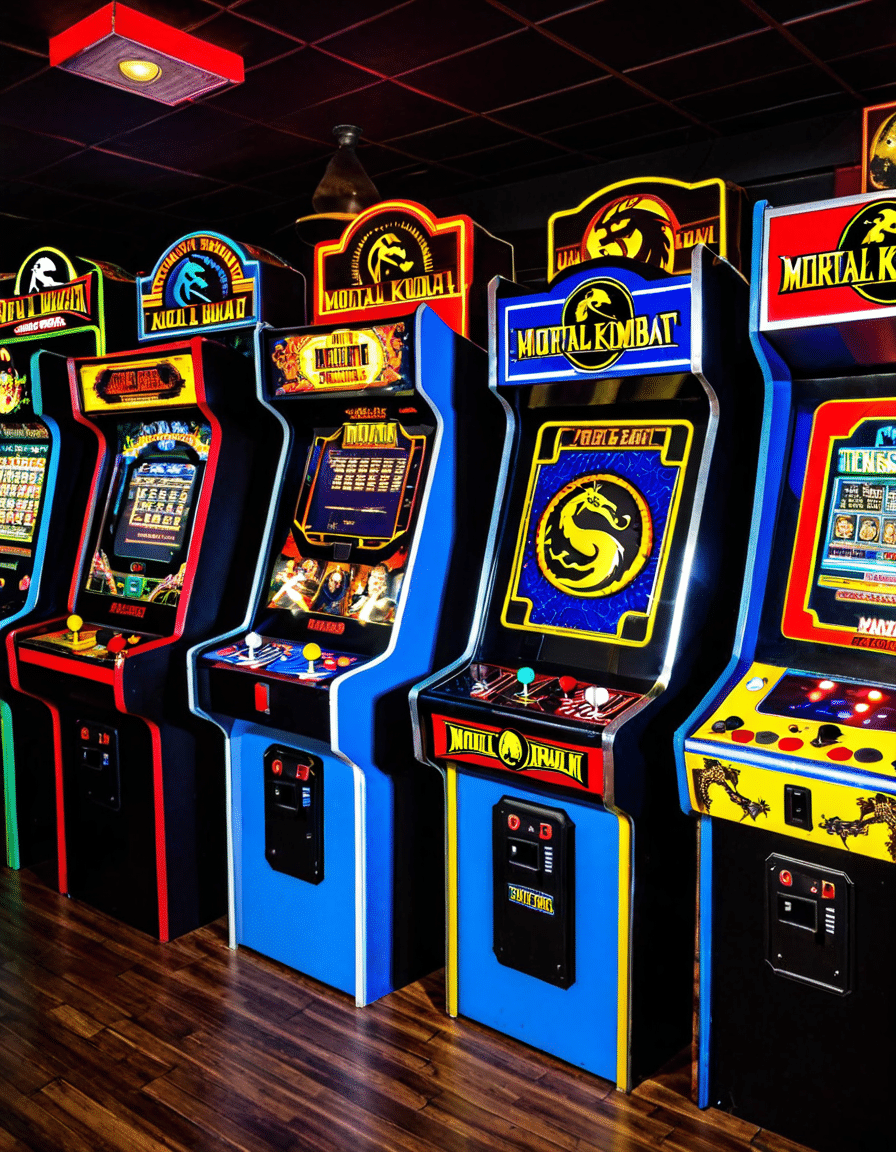

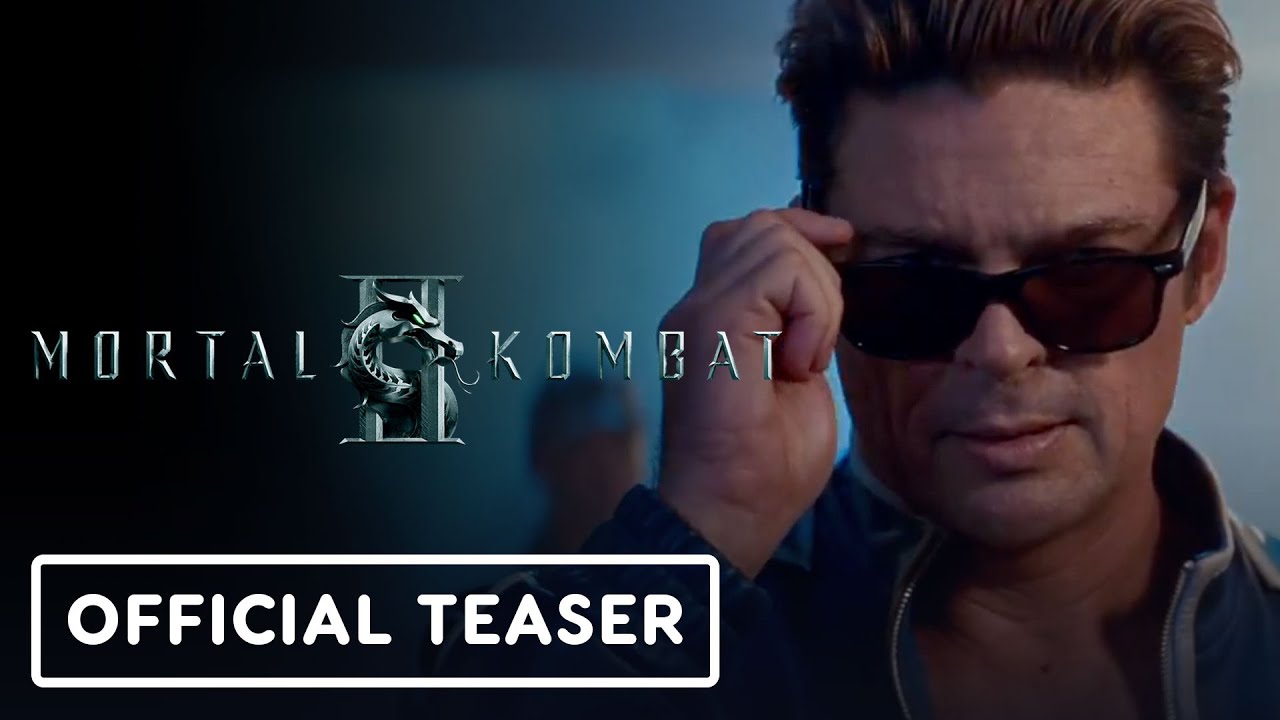
![MORTAL KOMBAT 1 Story All Cutscenes Full Movie 2023 [4K 60FPS] MK1](https://www.cinephilemagazine.com/wp-content/cache/flying-press/caf4fe5b8a14f60daab3529aace1ca33.jpg)
